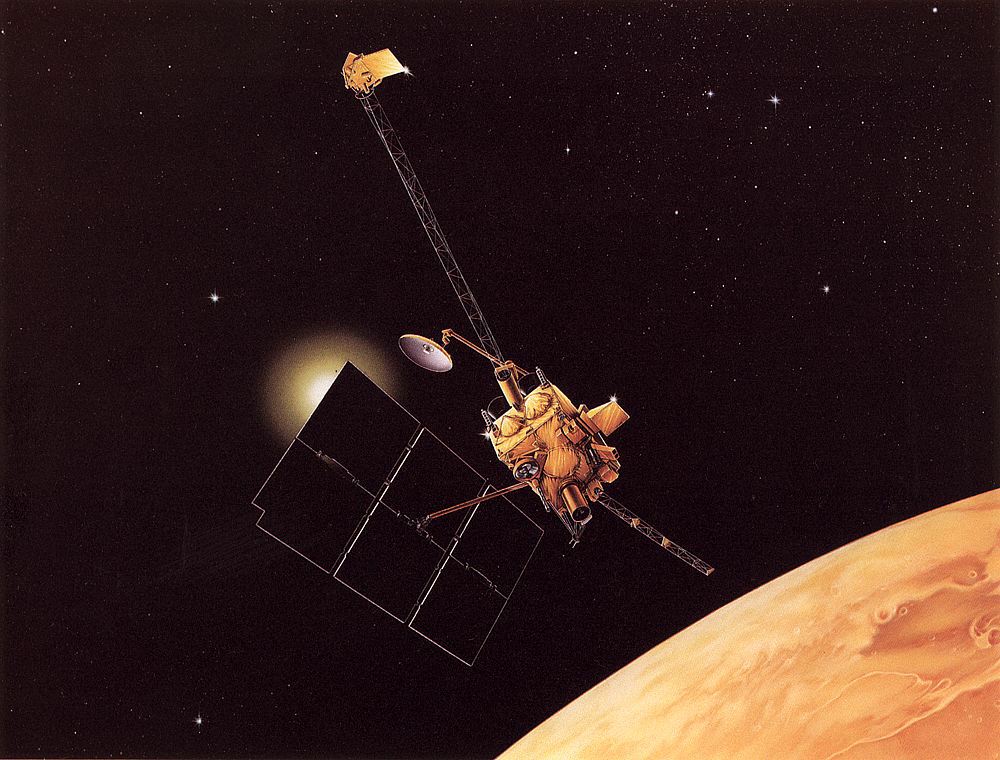Forty years ago today — April 3, 1973 — the USSR launched Salyut 2 from the Baikonur Cosmodrome on a Proton K rocket.
(Line drawing of an Almaz space station. NASA image from Wikimedia Commons.)
According to the National Space Science Data Center, Salyut 2 “was designed for scientific research and testing of onboard systems and units” and failed “11 days after launch [due to] an unexplainable accident.”
The Wikipedia entry tells a different story: that Salyut 2 was one of the Soviet Union’s Almaz modules — a space station designed for military use, in answer to the USAF’s proposed Manned Orbiting Laboratory — and the first of the Almaz units to reach orbit. The station’s true purpose was hidden in plain sight by its being designated as a Salyut module.
Wikipedia also includes an explanation for the Almaz/Salyut’s failure:
Three days after the launch of Salyut 2, the Proton’s spent third stage exploded. Thirteen days into its mission, Salyut 2 began to depressurise, and its attitude control system malfunctioned. An inquiry into the failure initially determined that a fuel line had burst, burning a hole in the station. It was later discovered that a piece of debris from the third stage had collided with the station, causing the damage.
The source for the additional Salyut 2 information is this Russian Space Web page, which also notes that
Soon after the accident, official Soviet sources announced that the Salyut-2 had completed its operations “after a series of tests.” For years, official Soviet sources continued to claim that “during entire flight (of Salyut-2) reliable radio-contact with the station had been maintained … and all onboard systems and science equipment of the station had functioned normally.”
















